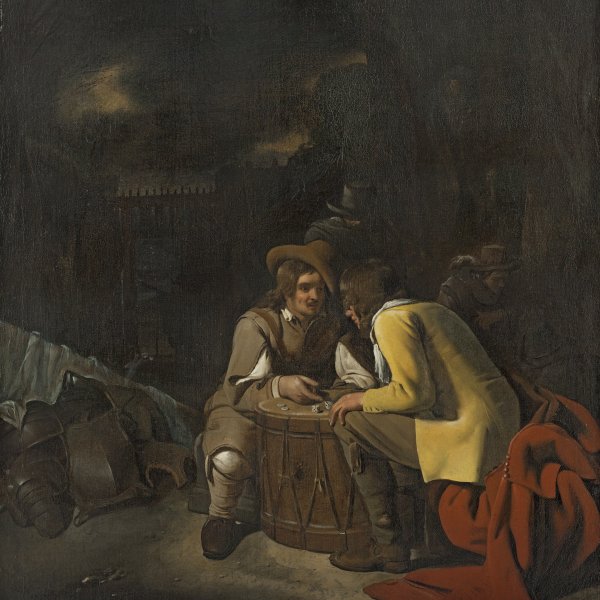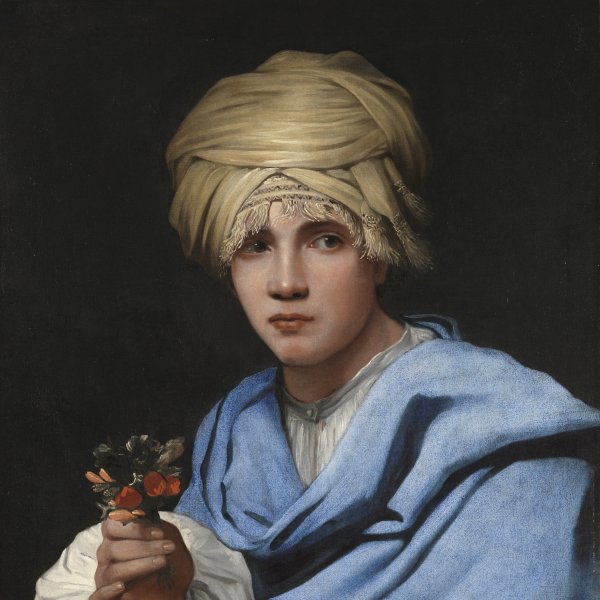Michiel Sweerts
Michiel Sweerts was a portraitist and painter of allegorical and genre scenes whose particular style makes him a unique figure within 17th-century Flemish painting. Little is known of his activities before he moved to Rome, where he was active as a painter between 1646 and 1656. Sweerts is documented as attending the city’s Accademia di San Luca in a non-official capacity, as an aggregato. During this period, he painted scenes set in the city of Rome in a manner comparable to many other members of the large community of northern painters working in the city at that time. Also dating from this period is a series of canvases illustrating the activities and training of painters in their studios, attending classes or working from live models.
Study of a Painter (Rijksmuseum, Amsterdam) and The Studio (Detroit Institute of Arts) are examples of works of this type. They reveal Sweerts’ interest in nature and in classical sculpture, which is also found in the fragments of classical sculpture depicted in many of his paintings. In 1655 Sweerts was in Brussels, where the following year he published a series of engravings, Diversae facies, for educational purposes to be used as teaching aids. He also opened a school for drawing there and is registered in the painters’ guild in 1657. His presence in Amsterdam with a group of missionaries is documented in 1660. From there he set sail for Palestine and subsequently travelled beyond Persia. His difficult character and undisciplined nature obliged him to leave the expedition. At this point Sweerts travelled from Isfahan (Iran) to Goa, on the west coast of India, where the archives of the Societé des Missions Etrangères record his death in 1664.
Sweerts’ work is characterised by his distinctive use of silvery tones, and stands out from that of the other northern painters working in Italy at this time due to his use of colour, applied in a balanced, harmonious manner that creates a sense of lyricism. Notable works by the artist include Plague in an Ancient City, which reveals the influence of Nicholas Poussin; his portraits of young boys, whose treatment of light brings them close to the greatest Dutch 17th -century painters; and his cycle of the Acts of Mercy, now divided between various museums and private collections.






